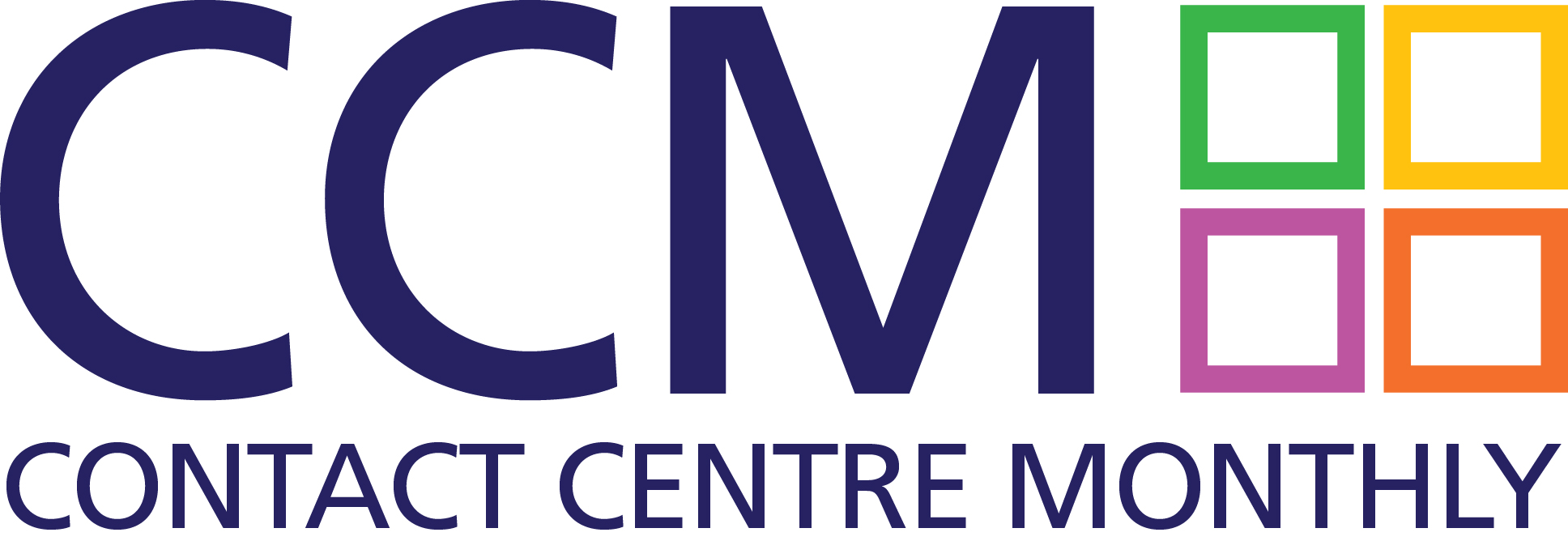- Only 34% of employees strongly agree that their organisation provides them with the necessary technology to collaborate equally and inclusively from anywhere
- 38% of employees say they often feel left out of the conversation in hybrid meetings
- 62% of employees say they feel more included and present in meetings when everyone attending has their camera turned on
London, UK, 10th May 2022 – In a world where 60% of employees say a hybrid work model is their ideal work arrangement, only three in ten (30%) strongly agree that their organisation provides them with the necessary technology to collaborate equally and inclusively from anywhere. This is according to Jabra’s 2022 edition of the Hybrid Ways of Working Global Report, carried out amongst 2,800 knowledge workers across six countries worldwide to understand the employee sentiments and motivations in this hybrid working era.
The future of work is virtual-first. With hundreds of millions of people collaborating on Teams, Zoom, and other unified communications platforms every day, these digital environments are the new standard for how we connect to one another. In fact, many employees have only ever met some of their colleagues on these platforms. Because of this, it is critical that leaders do all they can to get the most out of the virtual workspace, so employees can create more human and authentic relationships with their colleagues.
Professional audio technology impacts meeting inclusivity
Jabra’s research found that users of professional audio devices reported feeling more included in virtual meetings than those using either consumer audio devices or the microphones and speakers built into their laptops. In fact, users of professional headsets globally were 11% less likely to feel left out of the conversation in virtual meetings than consumer device or built-in audio users. Similarly, professional headset users were 14% less likely to report not being able to hear what’s being said in the meeting than built-in users and 12% less likely than consumer device users.
At present, only 29% of workers are using professional audio devices. As 87% of all meetings are either fully virtual or hybrid, with only 13% happening fully in person, it’s crucial that employees are able to make the most of them with purpose-built technologies. A lack of proper technology may make relationship-building in these virtual environments more tenuous and difficult than it needs to be.
Organisations that prioritise meeting equity have higher hybrid meeting engagement
Since the start of the pandemic and alongside the rise of hybrid work, the term “meeting equity” has entered the discussion to explore how organisations can create equitable virtual environments. In a traditional meeting room, every meeting participant has a place at the table and has equal opportunity to contribute to the meeting. However, a hybrid meeting setting consists of both physical and virtual meeting participants, so true meeting equity becomes harder to achieve.
Luckily, the research finds that organisations that take active steps towards achieving greater meeting equity are likely to increase engagement in hybrid meetings. In fact, 48% of hybrid workers say that their organisation priorities meeting equity, resulting in 53% saying they’re just as engaged in hybrid meetings as face-to-face meetings. This is compared to only 34% of full-time in-office workers who say that their level of engagement in hybrid meetings matches that of face-to-face meetings; amongst in-office workers, 32% feel their organisation prioritises meeting equity. Leaders need to take decisive steps to address meeting equity, regardless of the primary type of work model their organisation practices.
Video increases inclusion and productivity in virtual environments
Roughly half of all employees (49%) consider their office to be their laptop, headset, and wherever they can get a strong internet connection. But the research found a key location-agnostic way to impact an employees’ wellbeing and productivity levels: video. Sixty-two percent of employees say they feel more included and present in meetings when everyone attending has their camera turned on.
Similarly, 53% feel they can collaborate more productively on video calls than on audio-only calls. This is likely why 68% of employees say that standardised professional video cameras would help everyone participate equally in hybrid meetings. Moving forward, leaders have an urgent need to look into the best technology to inclusively connect all employees and business partners no matter where they’re working. This will be an essential part of achieving greater meeting equity and succeeding in the hybrid future.
Holger Reisinger, SVP at Jabra, said: “The way we work has changed forever and the current state of knowledge work requires access to digital platforms and technologies to be successful. As such, leaders need to prioritise the employee experience and ensure that they can thrive in virtual meetings regardless of location. It starts with identifying technologies that will enable both in-office and remote employees to collaborate on an equal playing field, so employees can seamlessly move between these places without feeling left out, unheard, or distracted. Only then will employees truly be able to work a flexible arrangement on their own terms and have a stronger emotional connection to both their digital and physical workspace.”
To download a copy of the full research report, please visit: https://www.jabra.co.uk/hybridwork/2022




